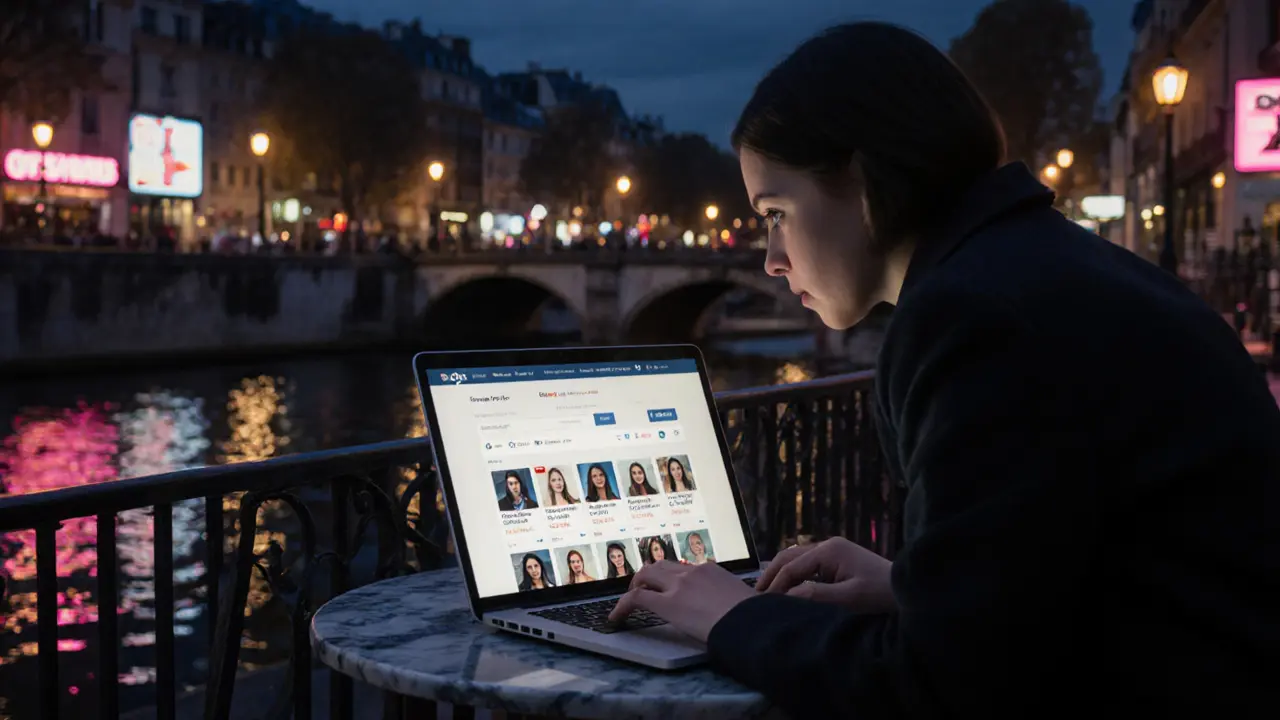Escort Safety Paris: Key Practices for Secure Encounters
When navigating the world of escort safety Paris, the set of precautions and protocols that protect both escorts and clients in the French capital. Also known as Paris escort security, it covers everything from identity checks to emergency planning.
A cornerstone of client verification, the process of confirming a client’s identity and reputation before meeting is thorough background screening. Escort safety Paris requires you to request a government‑issued ID, cross‑check it with reputable databases, and keep a record of the interaction. When verification is solid, the next step is choosing a safe meeting location, a neutral, public or well‑monitored venue where both parties feel secure. Opt for hotels with 24‑hour front desks, co‑working spaces, or discreet lounges that have clear exit routes and staff you can alert if something feels off.
Practical Steps You Can Apply Today
Beyond verification and venue, clear consent and transparent payment terms are non‑negotiable. Both sides should discuss limits, expectations, and any special requirements before the encounter. Use encrypted payment platforms that offer dispute resolution, and always get a written acknowledgment of the agreed fee. This not only protects finances but also builds trust, which is a core part of escort safety Paris.
In the unlikely event something goes wrong, having reliable emergency contacts, pre‑saved phone numbers of trusted friends, agencies, or local authorities can be a lifesaver. Store them on your phone’s lock screen, share your live location with a confidante, and agree on a code word that signals you need immediate assistance. Quick access to help shortens response time and can prevent escalation.
Lastly, self‑care for escorts, the routine of physical, mental and financial wellness that sustains long‑term performance is an often‑overlooked pillar of safety. Regular health check‑ups, stress‑relief practices like meditation or light exercise, and meticulous financial planning reduce vulnerability and boost confidence during meetings.
All these elements—verification, safe venues, consent, emergency planning, and self‑care—interlock to form a robust safety net. Below you’ll find a curated collection of articles that dive deeper into each of these topics, offering real‑world examples, checklists, and actionable advice you can start using right now.


